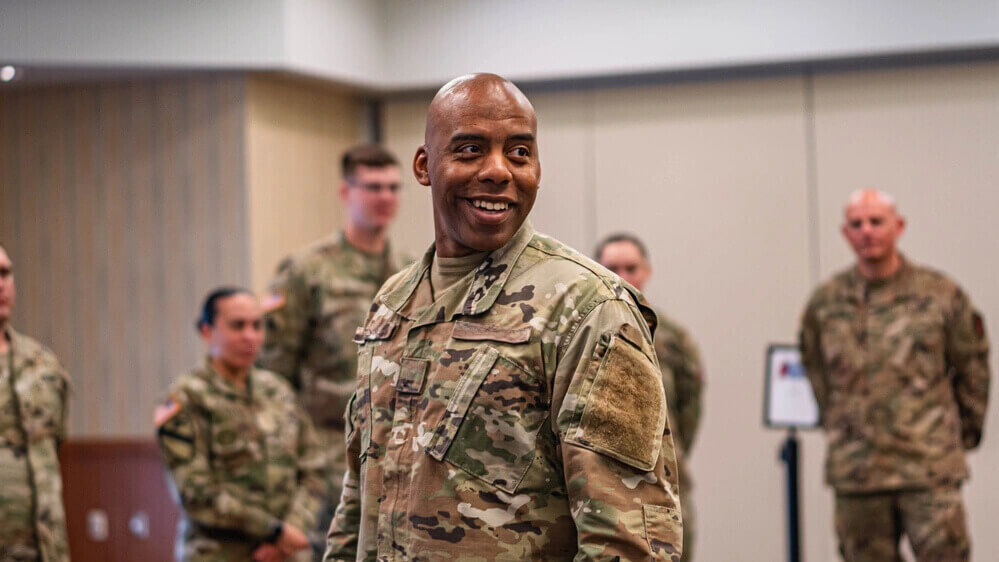
Advancing a 3D printing program to support Army readiness
Key takeaways
To support tactical and operational readiness, the U.S. Army Materiel Command’s (AMC’s) Additive Manufacturing Digital Thread (AMDT) program enables 3D printing of critical parts on or near the battlefield. Maximus helped fully realize the capability of the program by leveraging technology solution expertise and a data system user interface to manage printed parts and the data sets needed to replicate parts.
Defense capabilities
Explore how we modernize systems and accelerate decision-making to ensure operational effectiveness and resilience.
Download the whitepaper
System capabilities to track the “digital thread” of 3D-printed parts.
Situation
3D printing offers a cutting-edge method for creating or repairing equipment in military environments. AMC’s AMDT program, part of its Logistics and Modernization Program (LMP), enables users to retrieve the data needed to print parts for hand-off to the Army unit that needs it. The system also enables sharing of data and events associated with the life of a part, known as its “digital thread,” such as print date and use.
Challenge
To fully realize the capability of AMDT, the AMC needed technology solutions and expertise to successfully deploy the datasets necessary to print various parts and manage their digital threads.
Solution
Maximus joined a team of expert partners to support several functions critical for optimized program capabilities, including:
- Optimization of processes for submitting candidate parts for 3D printing
- Designation of authorized user classifications within the Army enterprise for system access control and security
- Certification and standardization of all 3D-printed parts and materials
- Protection of a parts repository to meet the LMP systems, application, and products (SAP) required security standards
- Understanding of potential future development requirements, including cloud and artificial intelligence (AI) capabilities
Development and delivery of materiel readiness solutions.
.jpg)
How We Did It
As a trusted Army partner with a proven track record, the Maximus team helped provide secure AMDT capability access to key Army stakeholders and field staff worldwide by:
- Migrating the legacy 3D printing library to a secure SAP system for cataloguing, storing, and certifying data and 3D-printed parts
- Adding risk attributes and back-end security for secure downloads only to authorized users
- Establishing Development Command team approval and notification steps in the data request process
- Documenting current and future solution states with change requirements tracking
- Developing web-based end-user training and materials for the Army Learning Management System with continuous improvement monitoring
Results
- Delivered first SAP, web-based LMP system user interface for ease of use and controlled system access to authorized users
- Enabled 3D printing data access to other military branches
- Enabled searching of existing records and recording of printed parts and serialization
- Provided ability for soldiers to access data to 3D print critical parts on demand, anywhere in the world
- Addressed supply chain delays by enabling printing of parts to replace critical stock items